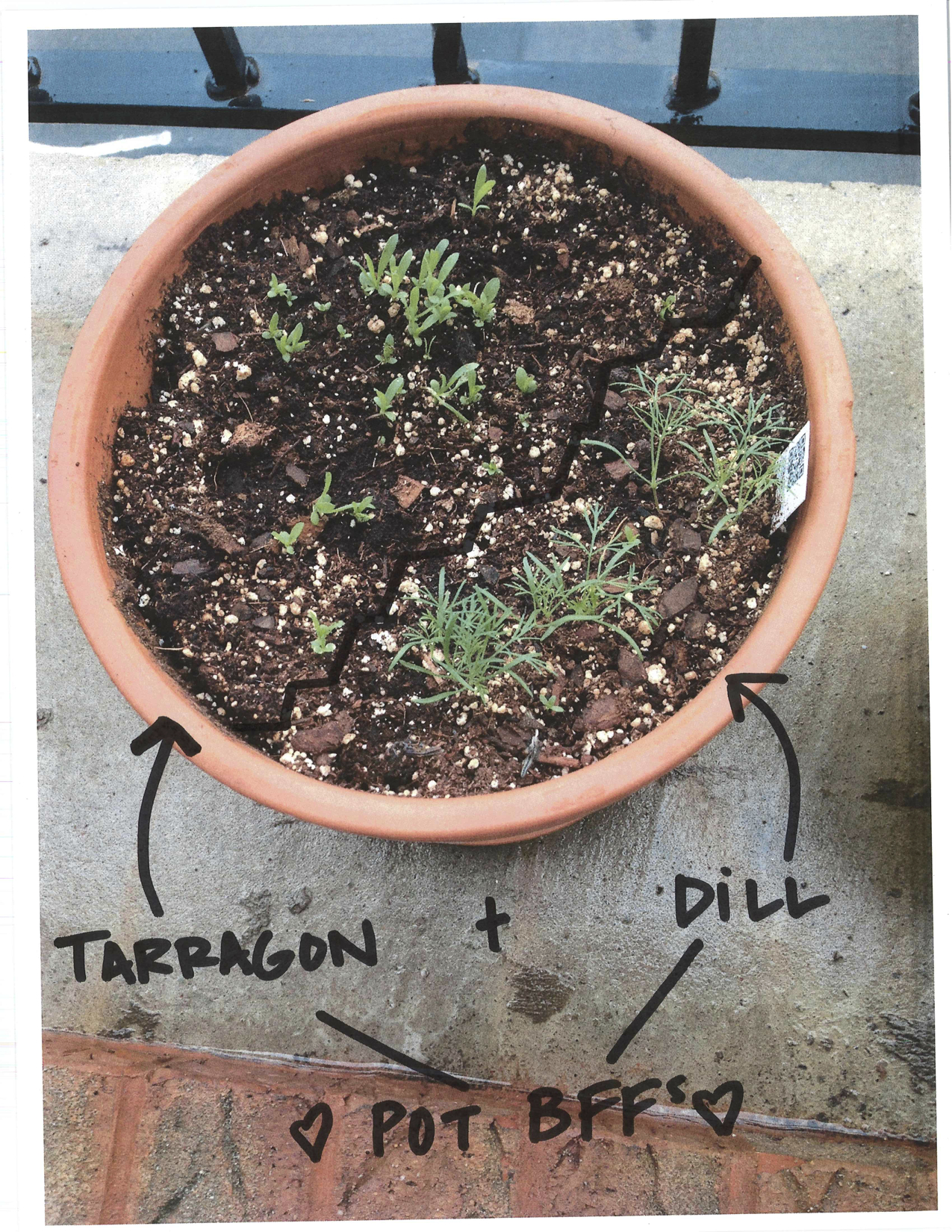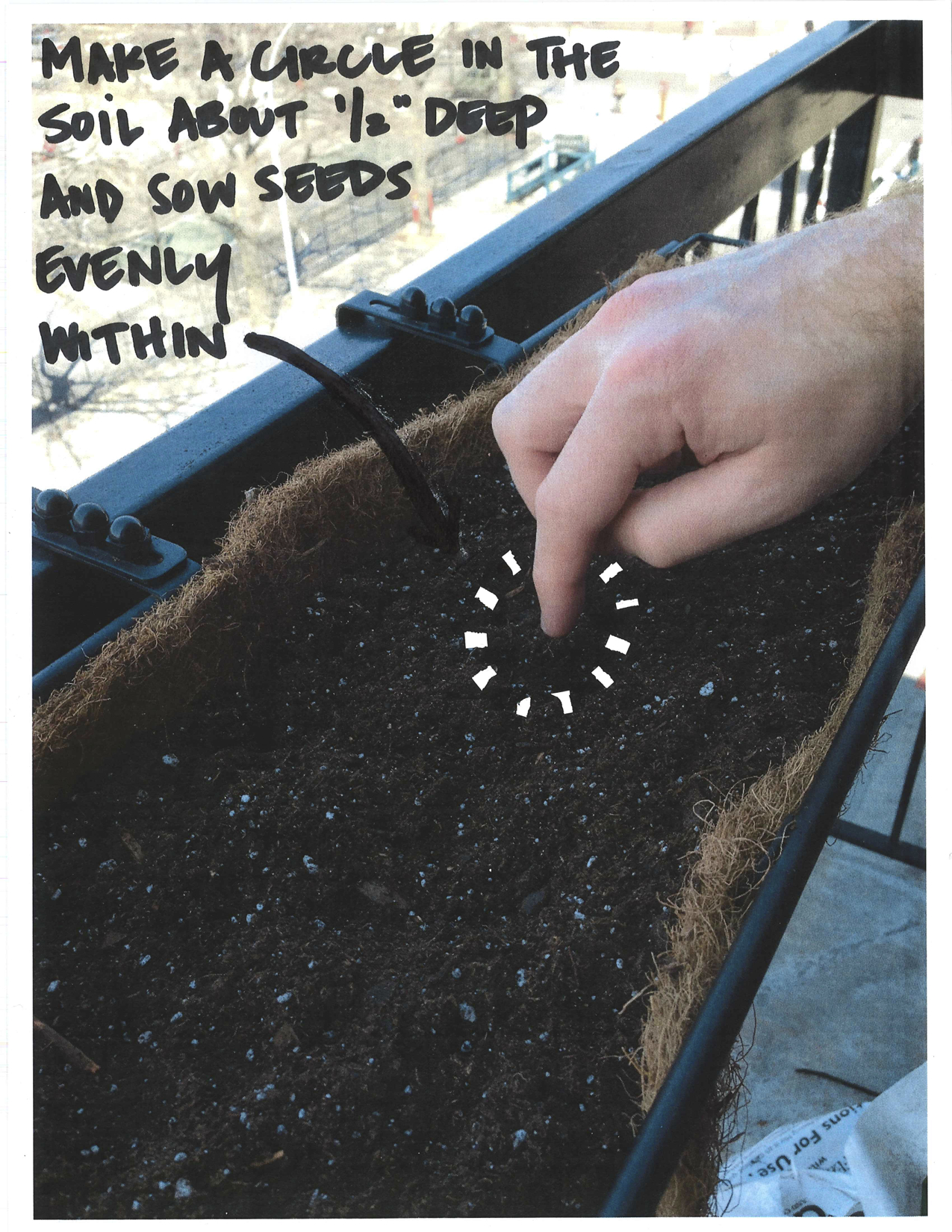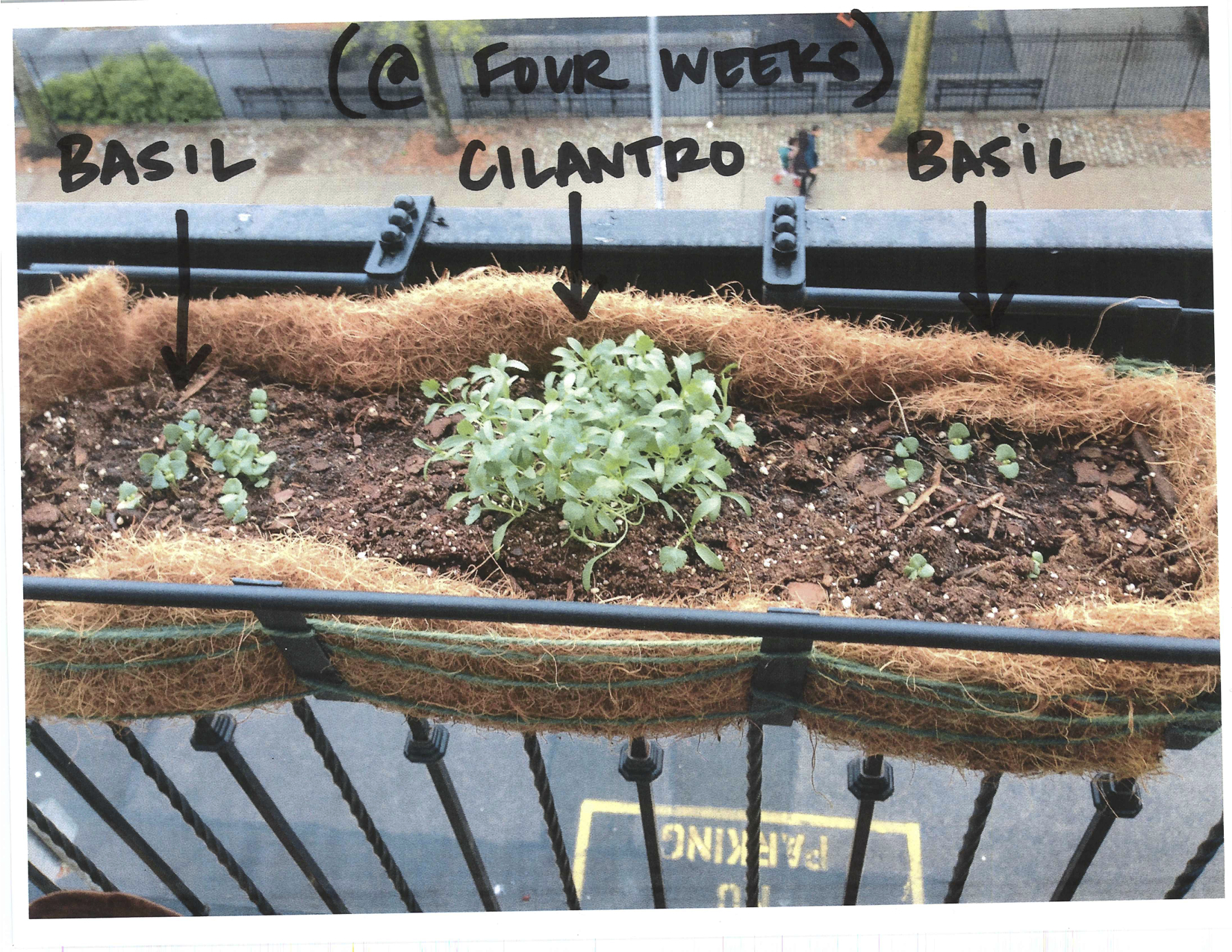- Lifestyle
Herb gardening for the botanically-challenged
You know them, that person who lives in a one-bedroom walk-up and somehow manages to turn their fire escape into the Garden of Eden.
Now while they may not be living up to fire code regulations, they are heroes in our hearts. They are doing their part to eat local (doesn’t get more local than outside your window), and they probably even share their bountiful harvest every now and again (because really, no single human can ever consume that much basil).
Herb urban gardening (henceforth known as “Hurban Gardening”) is easier than you might think and requires just a little space, sun, water, and love.
Here are some tips for turning your fire escape/balcony/window sill into a verdant garden of edible herbs:
Make a game plan
1. Decide what you want to plant depending on your culinary preferences. Bear in mind that if you decide to grow basil or mint (both which grow in abundance), you are committing yourself to a summer love affair with those particular herbs and/or you are going to be that person that attempts to pawn of excess onto unsuspecting neighbors/friends/mail carriers.
2. Be realistic about your space/climate constraints. If you only have enough room for one or two pots, try to grow herbs that work well in the same pot. Mint, for example is a pot hog and prefers its own space, also mint is a weed and will basically take over your life if you allow it.
3. If seed sowing seems too daunting, consider buying plants that have already been started. All you need to do is transfer them to the appropriately-sized larger container.

Buy more soil than you think you might need (and buy the right kind)
Pots are deceptively deep and having more soil than you need will come in handy both with the initial planting and if you need to replenish any once the soil settles.
On the subject of soils: don’t get potting soil, get potting mix. Potting mix is typically a combination of sphagnum moss, vermiculite, and perlite. The advantage of potting mix is that it contains larger particles which allow for air to flow into the container as well as for water to flow in and drain out well.

Figure out what zone you live in, and sow accordingly
The United State Department of Agriculture has set up a handly little map for plant hardiness zones. You can input your zip code and it will give you a number based on your particular region. However, most seed packets will have a general map of the US that has zones color coded to indicate which months to sow in.
Space
There are several considerations when talking about space (all information can be found on the back of the seed packet):
- Row Spacing: How many inches apart to sow rows of seeds.
- Plant Spacing: If you are planting two or more herbs in the same container, how many inches apart should they be from the next plant?
- Potting Depth: How many inches deep do your pots need to be in order to insure stable root and top growth?
Sun
Refer to the back of the seed packet to determine what type of sun is best for your herbs. Many herbs like to bask in full glorious sun (8 or more hours a day). However, herbs like basil, parsley, dill, cilantro and chives thrive in partial or half shade (which is about half a day of direct sun).
Water
A good rule of thumb for watering herbs, and any plants really (with the exception of maybe succulents and cacti) is if the soil looks dry on the surface, and feels dry a half inch or so in, then it needs to be watered. Once you learn the peculiarities of your herbs you will be better able to determine how much water they need.
Love
Being mindful of all of the factors that go into successful hurban gardening is one of the best ways to love your plants. Sometimes love and mindfulness is not enough, which is when it’s time to bring in the reinforcements. Once you start to learn your plants tendencies and what they like, you will be better suited to identify when they don’t look like themselves.
For more tips and tricks on hurban gardening, check out this great resource. This beginners guide explains everything from growing, to cooking and even preserving herbs!

Freelancers, what are you growing this spring?
